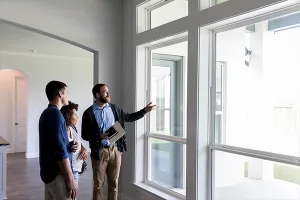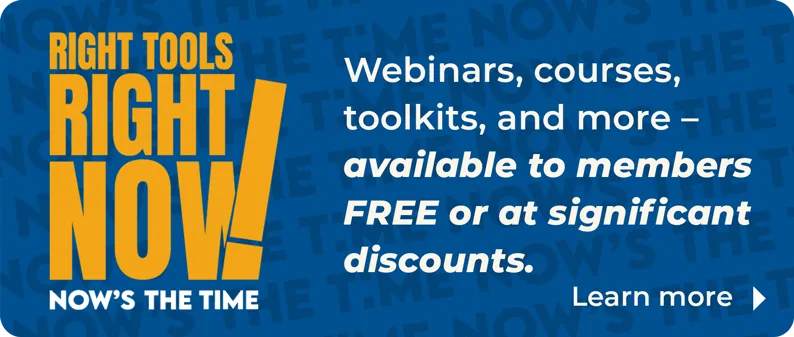Why should I make videos?
How many online videos have you watched in the past month? According to comScore, which measures online engagement and use, 85 percent of Internet users watch online videos.
The fact is, video is exploding as the fastest-growing online medium. It’s a powerful tool that builds credibility, conveys information better and faster than text, is low-cost, and is infinitely sharable via social media.
According to the Web site Mashable, some estimates put the open rate for a video newsletter at two to three times higher than for a text-based newsletter. Video provides a familiar user interface for site visitors—there’s no navigating, scrolling, or clicking—so they can’t get lost. Video is also ideal for mobile devices.
What should I make videos about?
Type “REALTOR association” in the YouTube search box and you’ll find a wide range of videos. AEs say the hot topics are local legislative issues, housing market reports, a monthly president’s message, benefits of membership, and MLS training videos.
Videotaped courses and classes posted online make effective companion pieces or replacements to live education. The Houston Association has more than 60 videos in its YouTube “Consumer Knowledge Series.”
Funny videos are also popular. Check out the Oregon Regional MLS’s “Will it Melt?”* video, testing to see if a lockbox key will melt in a car on a hot day. This fun clip has received more than 1,200 views. In comparison, the MLS’s “Adding a New Listing to RMLSweb” video got 420 views.
* search “RMLS melt” on YouTube
What type of camera do I need?
There are so many choices and price points for cameras that selecting one can be tough. The general rule of thumb is to avoid any model with more features than you’ll actually use.
The basics to look for include ports to hook up the camera directly to your computer (Mac or PC), an external microphone jack, and the ability to record at least two hours of footage.
You’ll likely spend at least $300. Cameras with better video quality and more manual controls start at around $800.
On the other hand, some people prefer the personal, casual style of using a smart-phone camera. Although this informal style may be engaging for your charming president’s monthly chat, the low quality of the video could come across as too amateurish for legislative or economic updates.
What other equipment do I need?
Once you launch into video production, there are a variety of accessories that make a big difference in your video quality: lapel microphones to capture better sound, interchangeable lenses for wide angle and zoom, studio lighting, and a green screen for replacing the real background of a video with a digital one
How do I edit the video?
Video editing isn’t as complicated as it sounds, thanks to today’s software, such as Final Cut Pro, Adobe Premiere, iMovie, Windows Movie Maker, or Camtasia Studio. But if editing intimidates you, services abound to professionally edit your video for as little as $100.
Where do I post the video?
YouTube is the easiest and most popular home for association videos because members are familiar with it and your videos will show up in a Google search. Besides, YouTube is the number-two search engine in the world.
Gather all of your videos in your own YouTube channel and link to them from your social media channels, where you can encourage sharing and discuss the content. If you post them on your own association or MLS Web site, put them on the front page.
How do I prove the value of my video investment?
You know videos are popular with members, but you’ll need to prove it to your board (with measurable results) to justify the expense.
Google analytics can track page views of your videos, and YouTube’s analytic can also provide more details, including how long people watch your videos before exiting. Compare video views to text-page views for like content to see if video is working for you.
Are there any legal and copyright issues I should be aware of?
The same rules of copyright and privacy you follow regarding your Web site content apply to your video content. Some additional tips: Don’t incorporate copyrighted movie clips into your video, don’t use copyrighted music, and make sure you have written permission to film members at events and classes.
Video technique tips
- Best camera placement: Level with the subject’s eyes
- Ideal video length: Three minutes
- Best resource: How to Shoot Video that Doesn’t Suck, by Steve Stockman
- Shoot approximately 80 percent close-up and only 20 percent wide
- Shoot extra footage to be edited in between interviews: people working at a desk or walking down the hall
- Proper video panning at events is holding the camera on a shot for 8 to 10 seconds, then pan to another spot in the room, hold for another 8 to 10 seconds, and so on.








